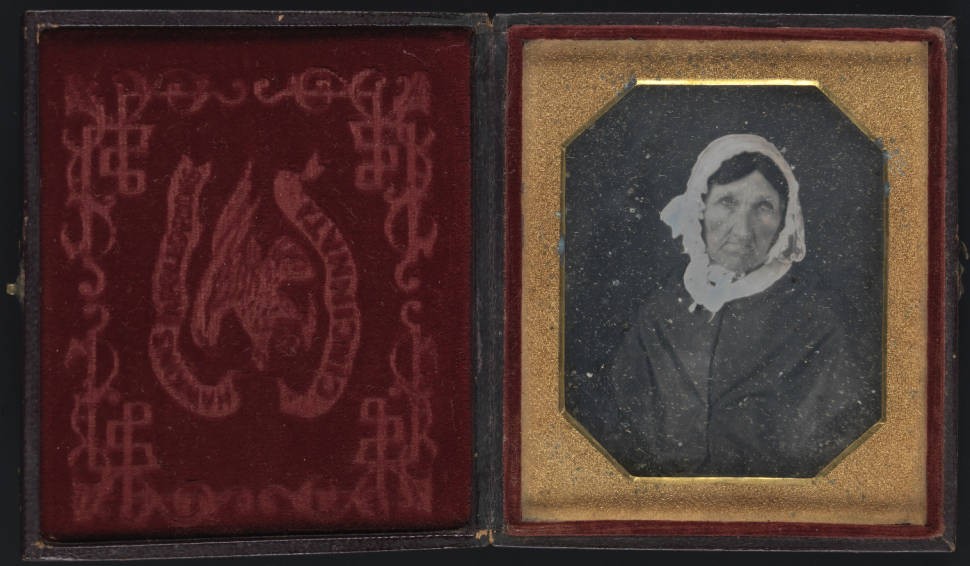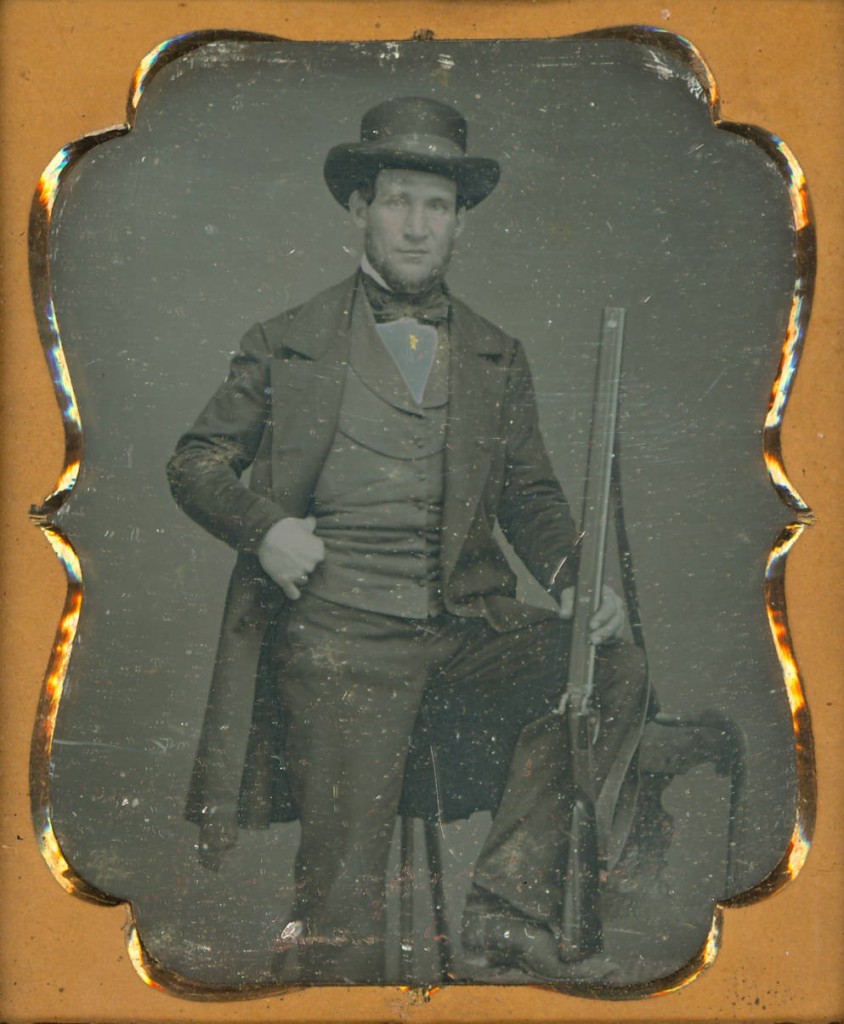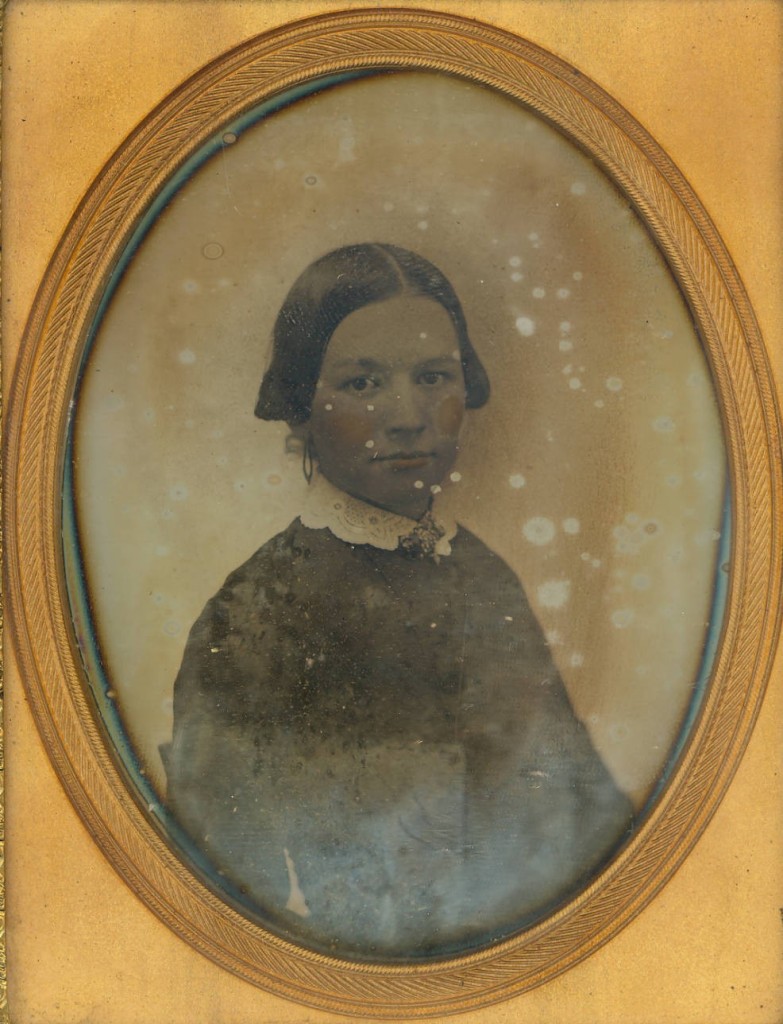The Father of Commercial Photography

This Sunday, November 18th, is the birthday of Louis-Jacques-Mandé Daguerre, the eponymous inventor of the daguerreotype method of antique photography. Born just outside of Paris in 1787, Daguerre began working with fellow French inventor Nicéphore Niépce in 1829 on refinements of the latter’s permanent photographic process. After Niépce’s death in 1833, Daguerre went on to develop the final process that would become known as the daguerreotype.


The daguerreotype process involves the direct printing of a positive monochrome image (without use of a negative) on a silver-plated copper plate held within the camera itself. The exposed plate was then developed, fixed and toned using various chemicals, and occasionally hand-tinted using oils, pastels or other methods if the client desired. The prints are generally housed under glass in a metal case with a velvet-lined interior cover, as seen above. This dark surface allowed for correct viewing of the highly-reflective daguerreotype plate, and the glass protected the sensitive plate from oxidation and other damage. Early on, exposure time needed for a daguerreotype could be as long as 15 minutes, but advancements in technique eventually reduced the time to under a minute.
The popularity of the method spread rapidly, allowing the general population to have permanent images of their loved ones for only a modest investment. From the 1840s up through the Civil War, daguerreotype studios and traveling photographers were a common sight across the United States. An interesting note–because there is no negative for the image from which positive prints can be made, each daguerreotype image is one-of-a-kind. This fact, along with the emergence of cheaper and simpler ambrotype and tintype photographs starting in the late 1850s, led to the eventual demise of daguerreotype photography.

OHS has a collection of almost 2,000 antique photographs spanning from ca. 1839 through 1900. The collection consists of daguerreotypes, ambrotypes, tintypes and crystoleum photographs of varying plate sizes–most are examples of portrait photography, with some landscape images as well. Visit Ohio Memory to see a selection of the digitized antique photographs, including daguerreotypes, or come to the Ohio History Center to see the originals for yourself!
Thanks to Lily Birkhimer, Digital Projects Coordinator at the Ohio History Connection, for this week’s post!



Leave a Reply
You must be logged in to post a comment.